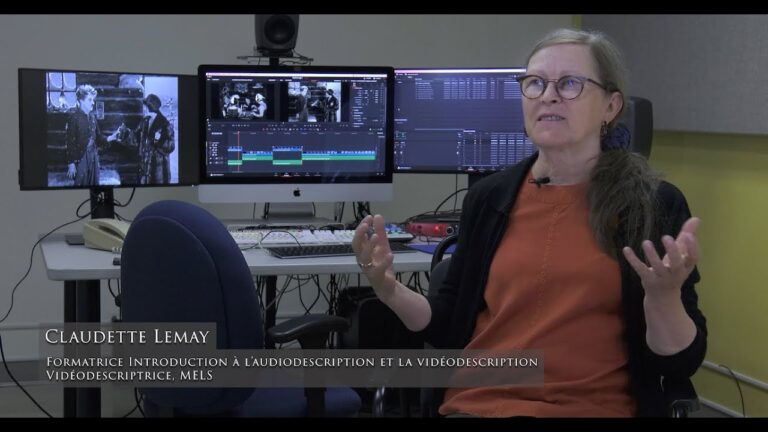Thomas Carrier-Lafleur reflects on the course offered for the first time last summer at the Université de Montréal, designed as an extension of cinEXmedia’s activities.
Sophie Leclair-Tremblay

cinEXmedia intends to expand its pedagogical activities at the intersection of cinema and applied sciences in the coming years. A new course presented last summer at the Université de Montréal became the first to follow this perspective. Conceived as a seminar encouraging discussion, it welcomed guest speakers each week from academic or cultural circles, who addressed a topic of their choice.
The themes of this course, created by Santiago Hidalgo, were inspired by cinEXmedia’s research focuses. They varied according to the guest speakers—many of whom were co-researchers in the partnership—covering a wide range of subjects: scientific experiments in film editing, audiovisual archives and orphan films, scientific cinema, neurocinema, cinetherapy, and more.
Among the participants were Isabelle Raynauld, co-director of cinEXmedia, Maude Sills-Néron, co-head of the student activities committee, as well as filmmaker Caroline Martel. Astrophysicist Olivier Daigle (hyperlink in French only) concluded the semester with a lecture entitled “De la science à la science-fiction” (“From Science to Science Fiction” – in French).
“We too often tend to teach the arts and applied sciences in silos,” laments Thomas Carrier-Lafleur, assistant director of the Laboratoire CinéMédias and scientific coordinator of cinEXmedia, who was tasked with leading the seminar sessions. “I think our course helped fill an important gap, because students in the department had no idea how closely cinema could be intertwined with science,” he continues.
The Reflection of a Rich History
The researcher explains that cinema is regularly examined through a scientific lens in academic settings. In the early days of cinema, he notes, the cinematograph was perceived as a technological invention, rooted in the scientific advances of the late 19th century—such as the unprecedented capture of living beings in motion and research in optics.
Whether fiction or documentary, cinema has also long served as both a tool for scientific popularization and for the poetic rendering of science. “Even today, after all its transformations, cinema can reveal a form of poetry within science that science itself cannot show on its own,” observes the course instructor. He cites as examples the films of Jean Painlevé and the Cadavre exquis project, directed by cinEXmedia co-researcher André Habib, who also took part in the course.
Finally, cinema can directly contribute to research in applied sciences. Cinetherapy, for example, explores the therapeutic virtues of cinema, whether through programming films for targeted audiences or analyzing its psychological and physiological effects. In this regard, Carrier-Lafleur highlights several projects on the subject led by the Laboratoire CinéMédias, which were presented during the course by doctoral students Yann Guizaoui and Lisa Mélinand. A co-head of cinEXmedia’s student activities, Mélinand also addresses the issue in her doctoral research from the perspective of accessibility and anti-ableism.
That is why Carrier-Lafleur believes that film studies must “be taken seriously, like all other fields of research.” He concludes: “Cinema, thanks to its deeply accessible nature, can have profound impacts on our lives. It is essential to continue studying it in depth—and that requires, among other things, approaching it from a scientific perspective.”

